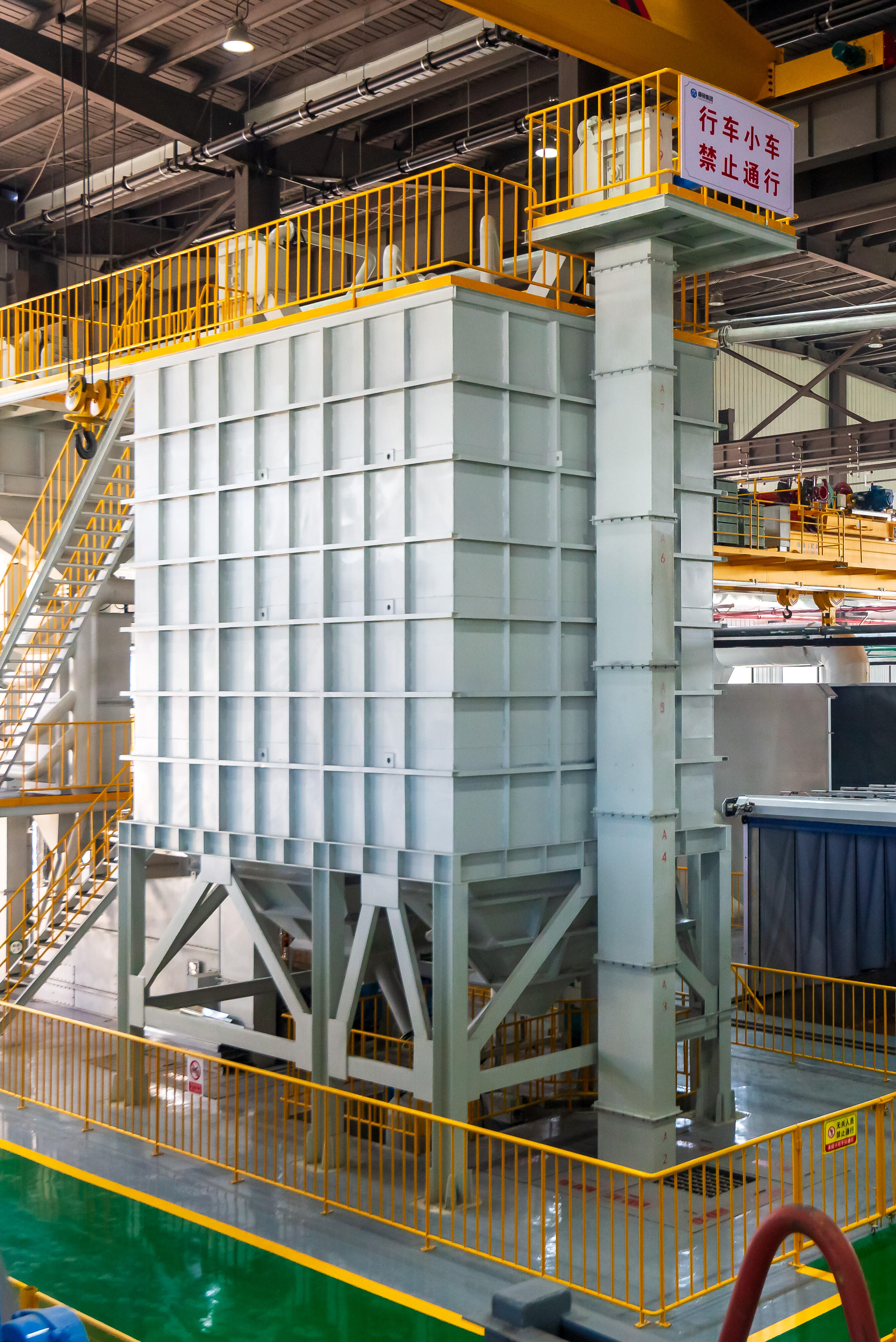3d printed sand casting
3D printed sand casting represents a revolutionary advancement in manufacturing technology, combining traditional foundry methods with modern digital fabrication. This innovative process involves using industrial 3D printers to create complex sand molds directly from CAD designs, eliminating the need for traditional pattern making. The technology employs specialized binder jetting processes where layers of sand are precisely deposited and selectively bonded to form intricate mold cavities. These molds can achieve exceptionally fine details and complex geometries that would be difficult or impossible to produce using conventional sand casting methods. The process begins with digital design files, which are translated into print instructions for the sand printer. The printer then builds the mold layer by layer, using a combination of sand and binding agents. This method allows for the creation of internal passages, complex cores, and intricate details without the limitations of traditional pattern making. The technology finds extensive applications across various industries, including automotive, aerospace, and heavy machinery manufacturing, where it enables rapid prototyping and production of complex metal components. The ability to produce molds without patterns significantly reduces lead times and tooling costs, making it particularly valuable for low-volume production and prototype development.


